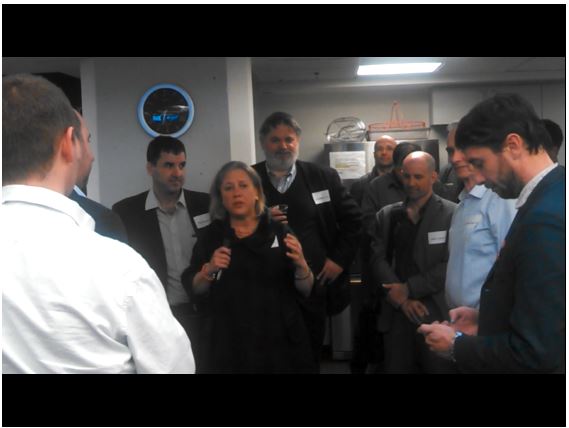Cambridge writer Anita Harris and her friend E had a great time at the 2013 Mayfair. Both...
harris communications group
Breakthrough Greater Boston, the nonprofit organization dedicated to preparing under-resourced students to attend four-year colleges and to...
Anita Harris reports that Boston area acupuncturists are offering free services to help minimize post-traumatic stress...
Following a statewide moment of silence for victims of the Boston Marathon bombing and its aftermath, mourners...
Despite a historically strong anti-development bias in Cambridge, the City Council last week approved a new zoning...
Photo of US Senator Mary Landrieu at Venture Cafe, Cambridge Innovation Center, Cambridge, MA.



